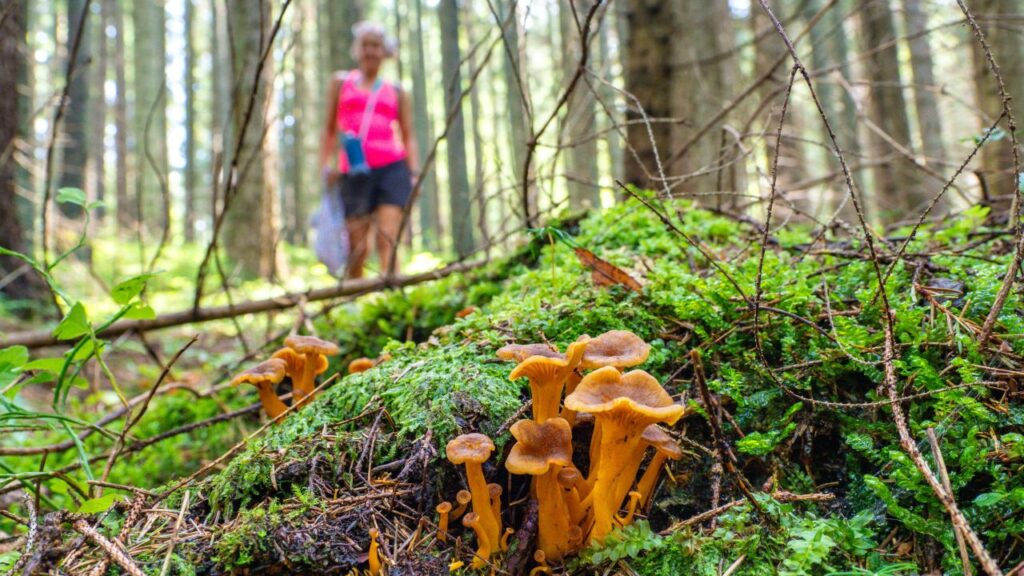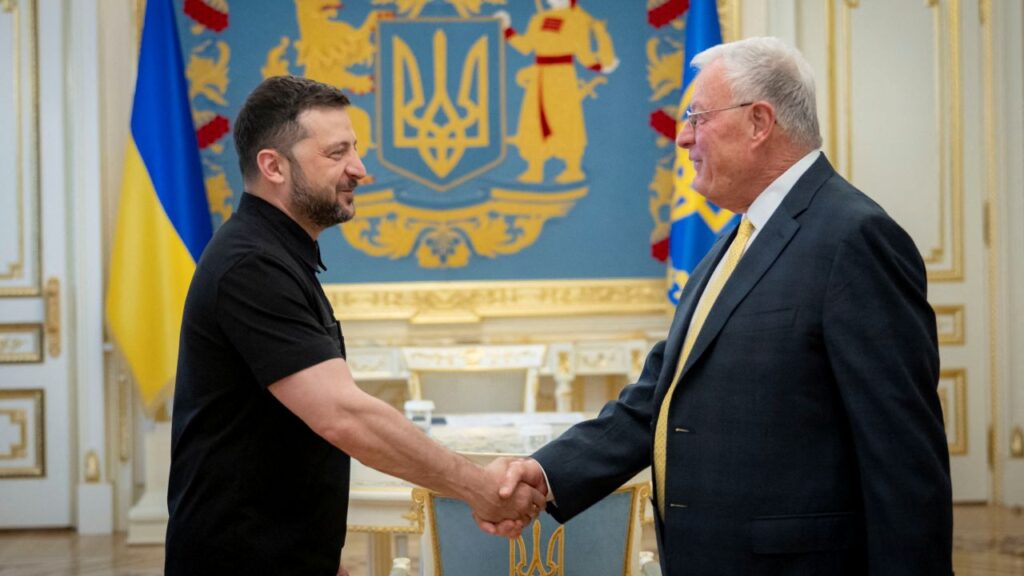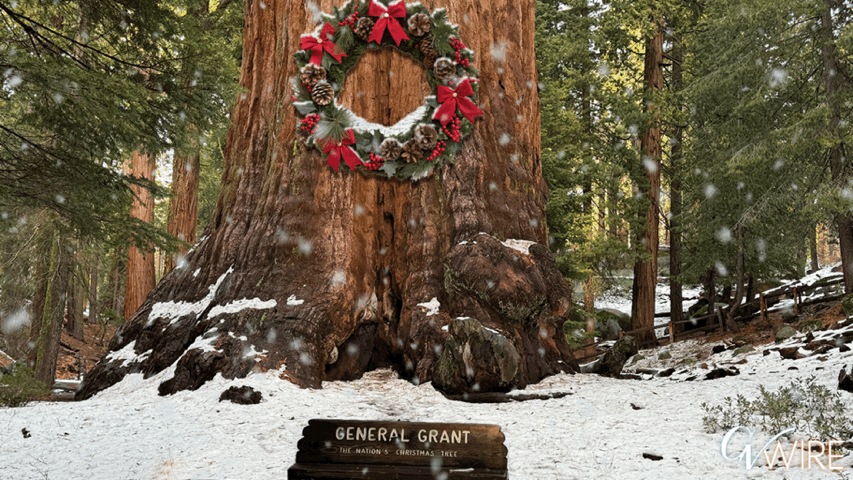Peggy Flanagan's potential rise to Minnesota governor marks a historic milestone for Native American representation in state leadership. (AP File)

- Flanagan's ascent reflects growing Native American influence in state politics, doubling representation in Minnesota's legislature.
- Walz-Flanagan partnership strengthens tribal relations, implementing groundbreaking policies for Indigenous communities.
- Flanagan's journey from grassroots advocate to potential governor inspires a new generation of Native American leaders.
Share
|
Getting your Trinity Audio player ready...
|
If Vice President Kamala Harris and her running mate, Minnesota Gov. Tim Walz, are elected this fall, not only would a woman of color lead the country for the first time, but a Native woman would govern a state for the first time in U.S. history too.
Peggy Flanagan: A Rising Star in Minnesota Politics
Peggy Flanagan, the lieutenant governor of Minnesota and a citizen of the White Earth Band of Ojibwe, is poised to serve as the state’s next governor should Walz step down to accept the role of vice president of the United States. Her rise to power has been watched closely by Indigenous peoples in Minnesota and across the country who see her as a champion of policies that positively affect Native Americans.
In recent years, Minnesota has integrated tribal consultation into numerous aspects of the state government, created one of the country’s first state offices for Missing and Murdered Indigenous Relatives and strengthened its laws protecting Native children in the adoption system. Many Indigenous leaders point to Flanagan as the driving force behind these changes, as well as a significant rise in respect for tribal sovereignty and autonomy in state policy.
Related Story: Vibes and Polls and Positioning of the Harris Candidacy
Breaking Barriers and Fostering Representation
Flanagan has been the highest-ranking Native American statewide official in the U.S. since she was elected as lieutenant governor in 2018. That position is often performed behind the scenes, but Walz and Flanagan have said they chose instead to govern as partners. Their administration has bolstered government-to-government relationships with tribal nations in Minnesota and many in Indian Country see Flanagan as a key figure in a new era of politics with Native women at the forefront.
President Joe Biden made a difficult decision to step down and let Harris take his place as the Democratic presidential nominee, Flanagan said.
“He created space for a woman of color to lead. And to be really honest with you, quite frankly, that’s what Tim Walz did for me,” she said.
Her rise to the governor’s office would solidify her place among Indigenous female leaders including Secretary of Interior Deb Haaland, Congresswoman Shaurice Davids and a growing list of Native women in statehouses. Thirty-six state women lawmakers nationwide who identify as Native American were elected to office in 2023, a record, according to the Center for American Women and Politics at Rutgers University.
Related Story: ABC Says Trump and Harris Have Agreed to Participate in a Presidential Debate ...
When Flanagan was first elected to the state House in 2015, there were far fewer Native women in seats of power.
“For my daughter, and for so many other young Native people across the country, their reality right now is totally different than how I grew up,” Flanagan said. “Representation matters.”
The number of Native women in the Minnesota Legislature has doubled since she took office, from two to four, and Flanagan said having more people from under-represented populations is the “secret sauce” to better governing.
“It allowed us to be able to speak on our own behalf on the floor, and to really be in a place where, frankly, decisions had to be made with us at the table in a way that had just never happened,” she said.
A Partnership Built on Trust and Shared Vision
Flanagan first met Walz when she worked at an organization that did grassroots training for progressive political candidates. She helped prepare Walz, a social studies teacher, for his first congressional race and the two became close friends and political allies. He later chose her as his running mate, supporting her numerous efforts to strengthen the voices of Indigenous peoples in the state government.
Walz was the first Minnesota governor to make diplomatic trips to the 11 tribal nations in the state. An executive order he passed in 2019 requires state agencies to consult with tribal governments, take training to improve those relationships and hire liaisons to work directly with tribal partners.
Louise Matson, executive director of the Division of Indian Work, a nonprofit that supports Native Americans living in urban areas, attributes those gains to the influence of Flanagan.
Flanagan was raised in Minneapolis, an urban hub for Indigenous activism including the American Indian Movement, and those who know her well say she has always focused on creating better outcomes for Native people, particularly children.
Matson, also a member of the White Earth Band of Ojibwe, worked with Flanagan more than 20 years ago when, as a new college graduate, she got her first job advocating for Native families in the public education system. Matson recalled she was determined and not afraid to face challenges.
“I don’t know if she always felt that confident, but I loved that she just jumped right into this job having to navigate a system that hasn’t always been friendly to our people,” Matson said.
Related Story: What Polling Shows About Minnesota Gov. Tim Walz, Harris’ New Running
Just a few years later, Flanagan ran for a position on the Minneapolis Board of Education. That’s where she met Robert Lilligren, another member of the White Earth Band of Ojibwe and the first Native person elected to the Minneapolis City Council. Lilligren said she reached out to him for campaign advice.
“I was like: ‘This woman could be governor someday. Hell, she could be president someday.’ I mean, she was just that impressive,” Lilligren said.
He said the work Flanagan did on Walz’s executive order requiring tribal consultation within state departments underscored her political influence and tenacity. The order has increased Indigenous visibility and respect for tribal sovereignty, he said. “That is because Peggy’s there.”
Flanagan’s father, the late White Earth activist Marvin Manypenny, spent many years agitating for Native land rights, including by holding his own tribe’s government to task. He often said Native people have the inherent right to govern themselves, and she incorporates that into much of the work she does today.
“He was a troublemaker and rabble rouser, and an expert in our tribal constitution,” she said. “He taught me to take up space at the table and to tell the truth, even if it makes people uncomfortable.”



















